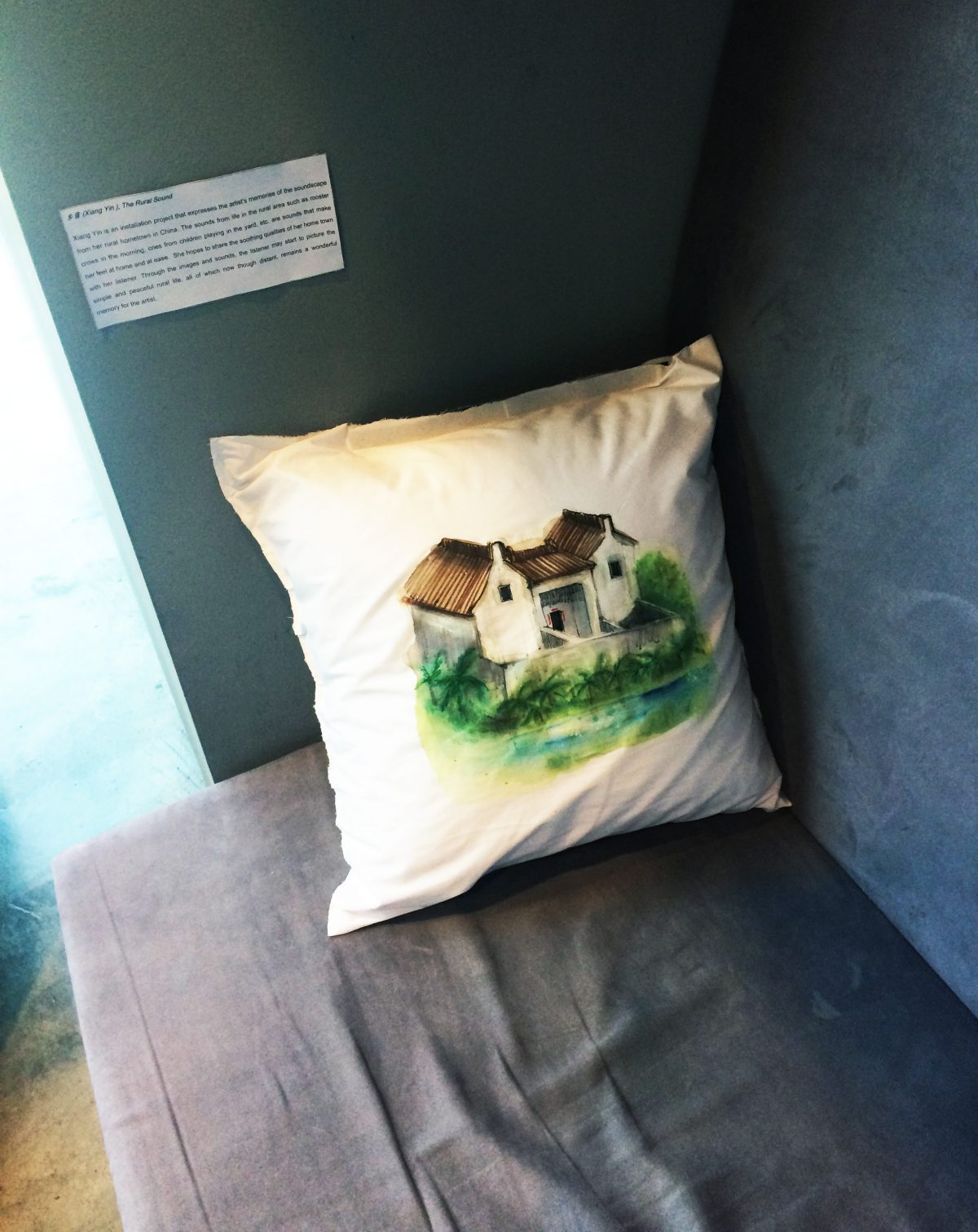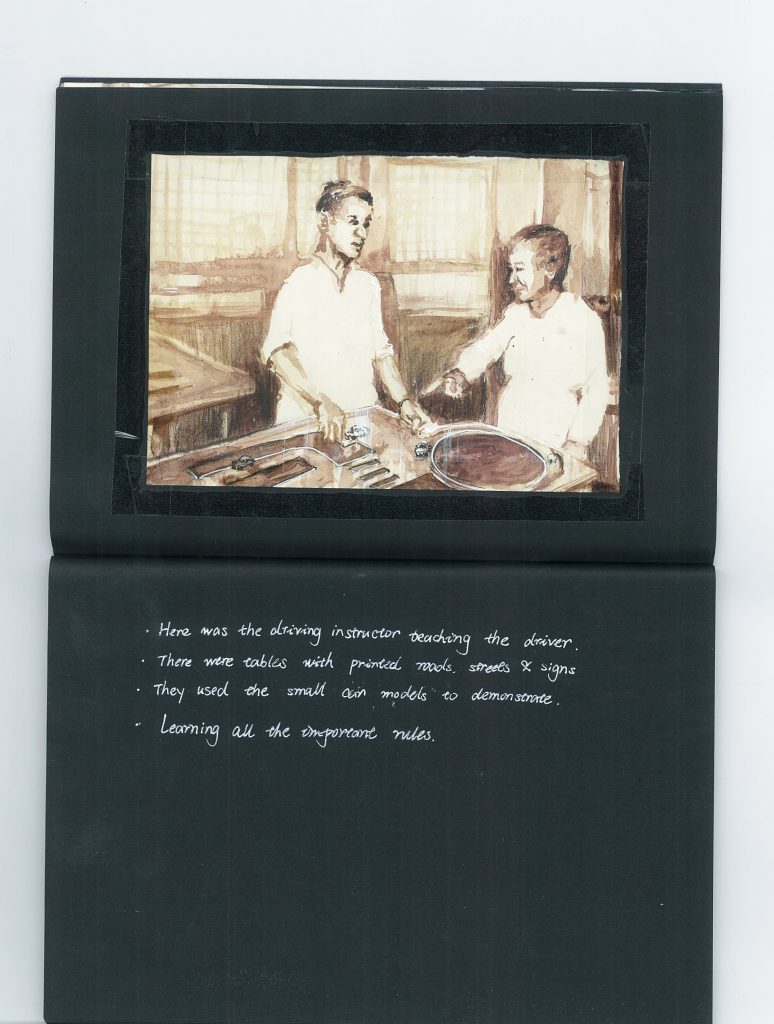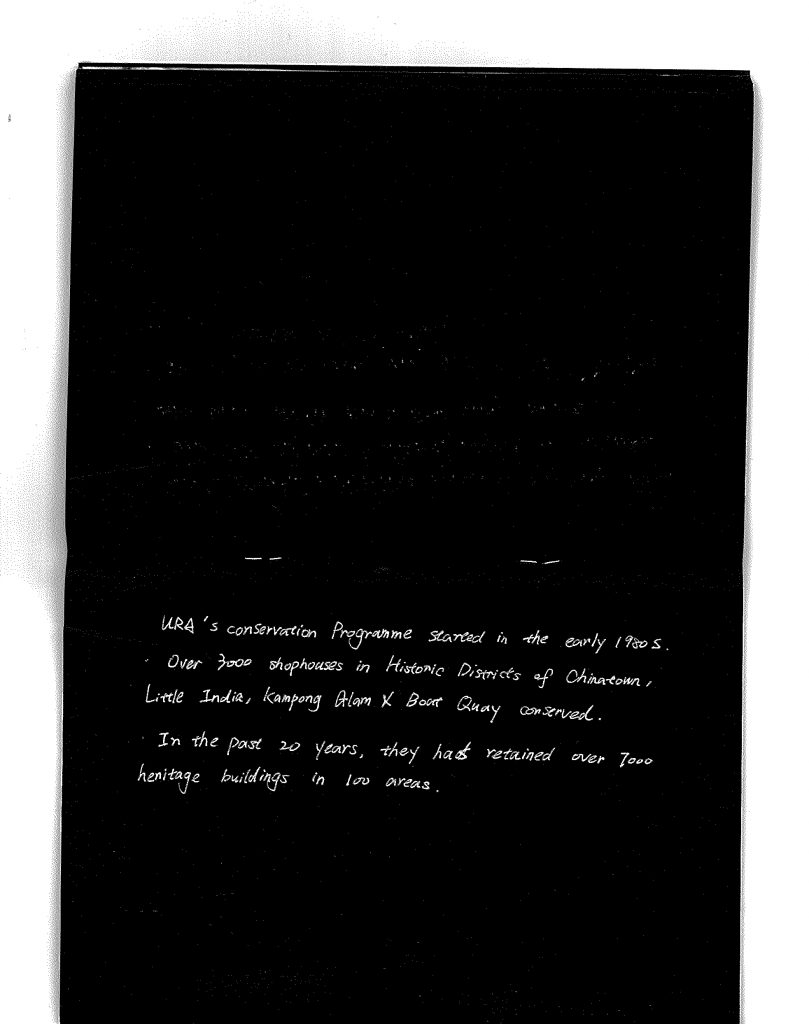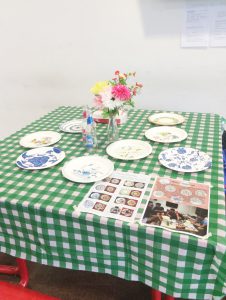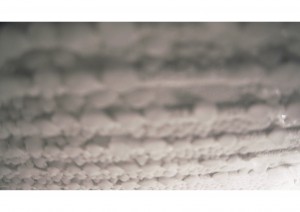Video Link: https://vimeo.com/163204986
Honestly, I wasn’t familiar with video editing at all so this project was quite challenging for me…but here was my concept:
Following up part one of the project of home being a feeling rather than a place, I created a narrative between the protagonist aka me, and a cat(my pet/friend back in home)
It was like letters from protagonist, who left home starting new life in new place, to the cat. Through the letters, the viewers can understand the journey of getting used to a new place and feel at home as well as the protagonist’s idea of home:
Home is being comfortable and feel safe, familiarity of the surroundings and importantly, some company e.g. friends, whether they are there or not, and in this case,the pen friend cat.
Though I tried to differentiate two sides of the conversation by varying the text colors…audience seemed to view it as a cat perspective’s monologue, which was something I needed to work on more and improve.
Also, even though I was rethinking the sounds for the video, I still decided to go without it. I would prefer it to be silent to make the viewers feel that they are actually reading letters and photos attached with the letters rather than some audio book where sounds can be quite distracting.



